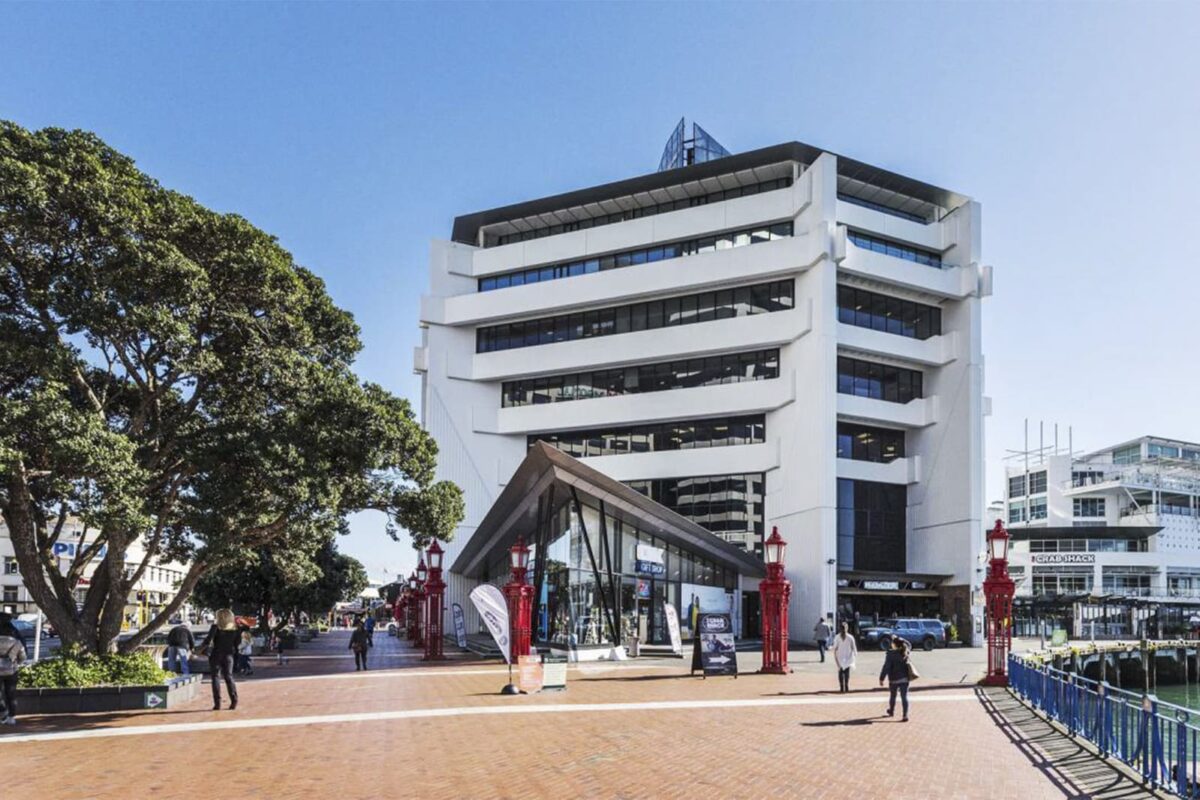The brief
Kauri Group engaged us to undertake a full survey and report on the HVAC systems at the iconic 139 Quay Street building on Auckland’s busy waterfront. Identifying that most of the plant was beyond its life expectancy and the risk of imminent failure was high, we then fulfilled two stages of work for our client.
The first stage was converting level four of the building from an air-based VAV system to a water-based FCU system. To facilitate this, we arranged multiple meetings with individual tenants to determine how their tenancy would be affected by the partial removal of furniture to accommodate a new main pipework ring around the floor, and by the disruption in the level’s common areas. Because of the number of occupants this affected, the work was staged and the enabling works were carried out over the Xmas break, when the offices were operating on skeleton staff. The lack of ceiling space added an additional layer of complexity, sowe built custom fan coil units to fit around the structure.
The second stage involved replacing two roof-mounted and air-cooled chillers, main AHUs and fan coil units throughout the building where required. The replacement of the chillers was made particularly difficult by the fact they were enclosed by glass on top of a 10-storey building in central Auckland.
Our solution
We used a crane to lift the chillers in and out of the small gap in the glass façade — the alternative was to use a helicopter but the risk factor (particularly around gusts of wind) was too high. We devised a process and safety plan to ensure everything went as smoothly as possible and worked with the main contractor (1st Mechanical) and Auckland Council to close two lanes of Quay Street for safety reasons.
The old chillers were partially dismantled and the first chiller was then rolled under the small opening in the glass panels using load skates and steel pipe, supported by wooden chocks. When the wind conditions were perfect, the chiller was slowly lifted around all of the other equipment and structure within the plant enclosure and out through the gap in the glass facade. This process was repeated for the second chiller.
The outcome
The replacement of the two old chillers in a challenging position was successful. The installation of the new plant will result in lower energy consumption due to more efficient technology (including EC motors and inverter chillers). We also put together a planned preventive maintenance program to ensure continued efficient operation and reduced callout costs.
